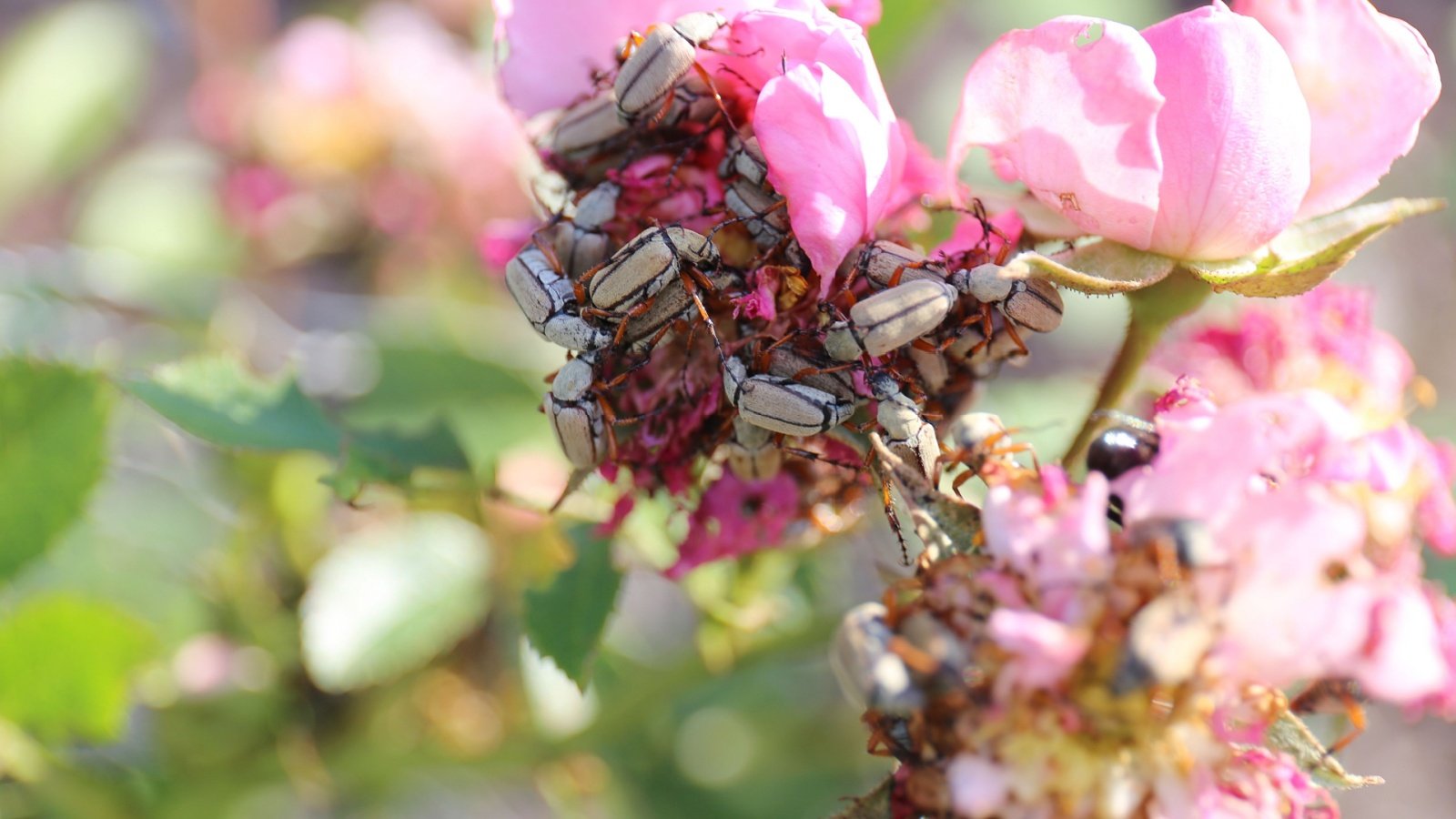[ad_1]
Beetles make up forty p.c of bugs, and whereas we would like them in our gardens, some species go away a wake of destruction. The rose chafer beetle, additionally known as rose beetles and rose bugs, is a species of scarab with a limiteless number of meals sources and few predators. The voracious feeders eat the tender parts of various flowers, timber, fruits, and shrubs.
Fortunately, chafer rose beetles do solely minor damage as pesky invaders till they’re in large numbers. Extreme populations are an issue with the potential to set off excessive plant stress and dieback.
What Are Rose Chafer Beetles?
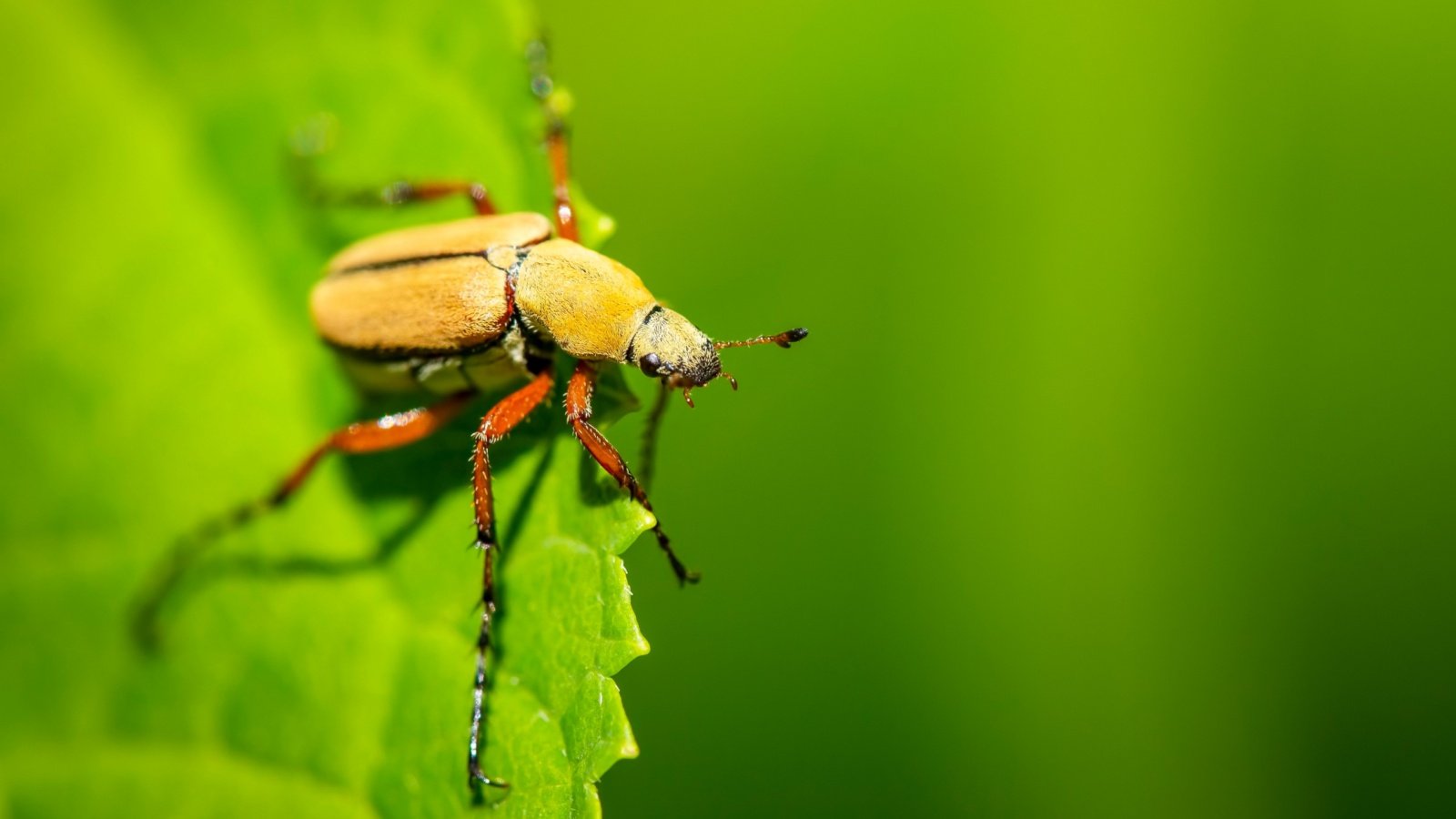

Rose chafer beetles (Macrodactylus subspinosus) occur all by means of southeastern Canada, the jap United States, and as far west as Montana and Colorado. They feed on a wide array of host vegetation and are notably eager on roses, peonies, hollyhocks, poppies, dahlia, and chrysanthemums. They feed on fruits like grapes, blueberries, peaches, and strawberries. Evergreens like spruce, Frasier fir, and Scots pine endure their damage. Some vegetable crops like corn, peppers, and beans are a meals provide.
Adults moreover eat the tender foliage of timber and shrubs. The grubs (larvae) eat the roots of weedy grasses. Grubs don’t damage lawns or panorama vegetation, nevertheless adults in extreme numbers damage fruits and ornamentals.
The beetles are liable to sandy soils as they go properly with their egg-laying and hatching, nevertheless they fly readily to totally different habitats for meals. Most birds and small mammals don’t eat them – they embody a distasteful chemical toxin. Make sure to not share them collectively along with your chickens.
Indicators of Harm
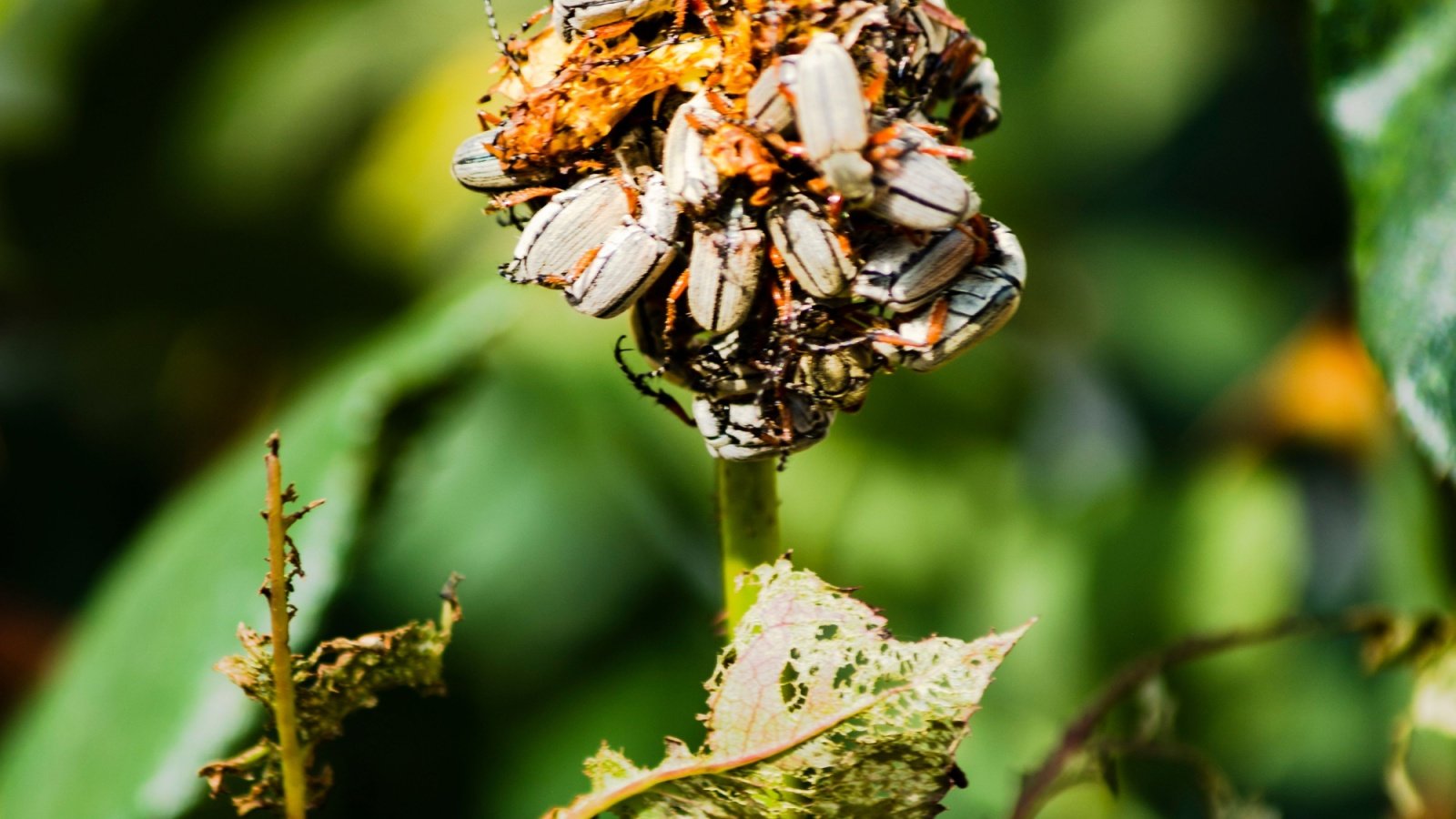

The nibbling bugs go away large, irregular holes in blossoms, buds, fruits, and leaves as they “chafe” away larger leaf and petal surfaces. They skeletonize leaves by feeding on snug tissues between the veins.
You’ll likely see the grownup insect in case you uncover its damage. All of them emerge at roughly the an identical time in late spring and feed in the midst of the day. The bugs are strong fliers capable of touring good distances to look out meals sources. They could fly in from totally different areas all by means of their energetic weeks.
Identification
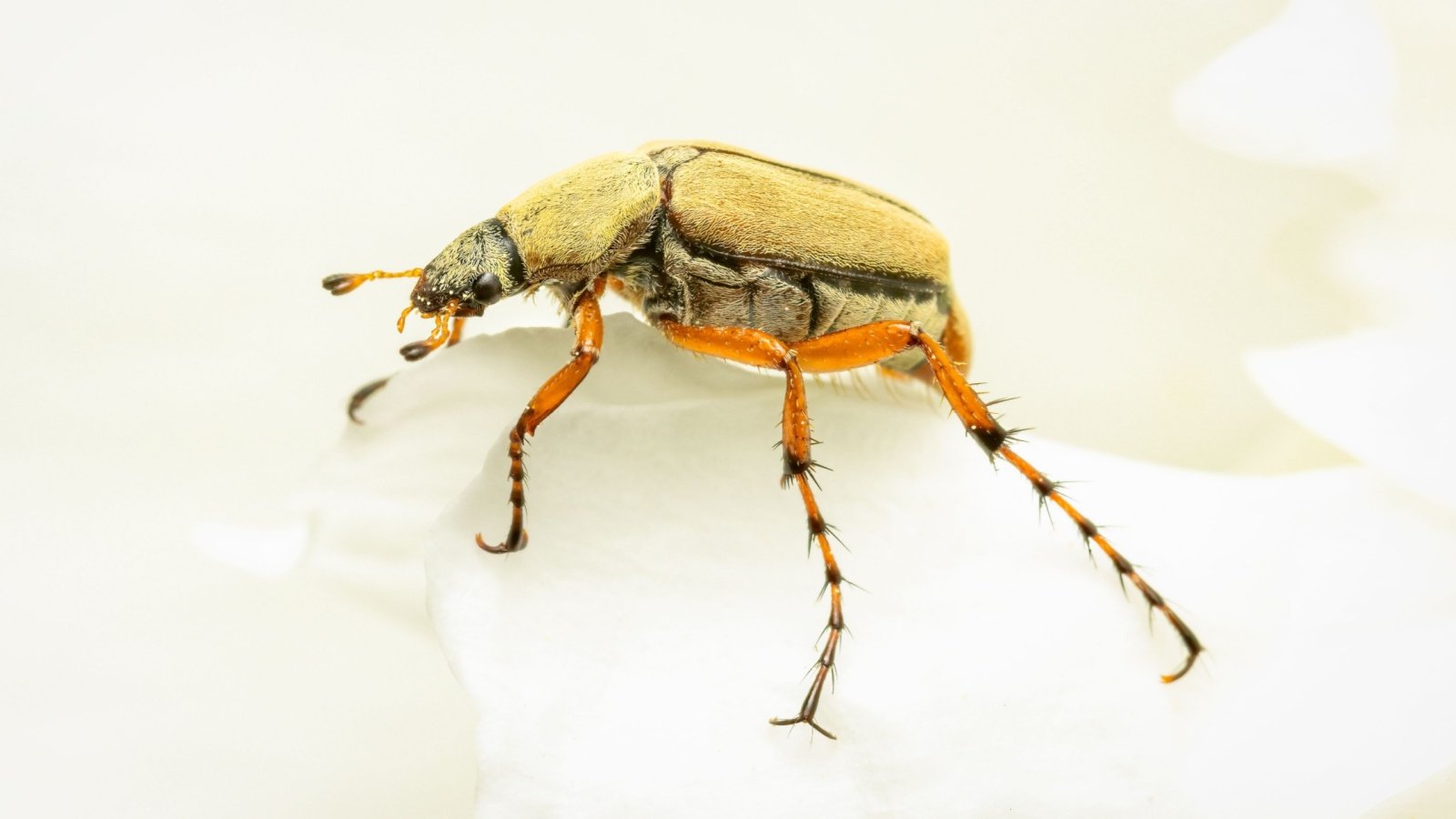

Grownup rose chafers are slender, medium-sized, one-half-inch-long beetles. Their our our bodies are greenish-tan with orange legs and darkish spiny nodes. Their fast antennae have segmented components on the knowledge.
Like totally different beetles, their straight wings type a line that seems like shields of armor. In flight, they resemble wasps.
The larvae (grubs) will not be usually seen; they burrow into sandy soils to feed and overwinter. They’ve curved white our our bodies, distinguished brown heads, and 6 seen legs. They attain as a lot as three-quarters of an inch prolonged.
Life Cycle


A single know-how hatches in a 12 months. Adults emerge from the soil in late spring and feed for about three weeks.
Females lay eggs (between six and forty) as deep as six inches in sandy soils, each in a separate cavity. Eggs hatch two to a couple weeks later.
Grubs feed on the roots of grasses and weeds, largely in open sandy areas. They don’t feed on or damage panorama vegetation or turfgrass on the grub stage.
When the temperatures drop throughout the fall, they burrow deep into the soil beneath the frost line. The larvae overwinter throughout the soil, pupate, and emerge as adults with warming soils the subsequent spring.
Treatment
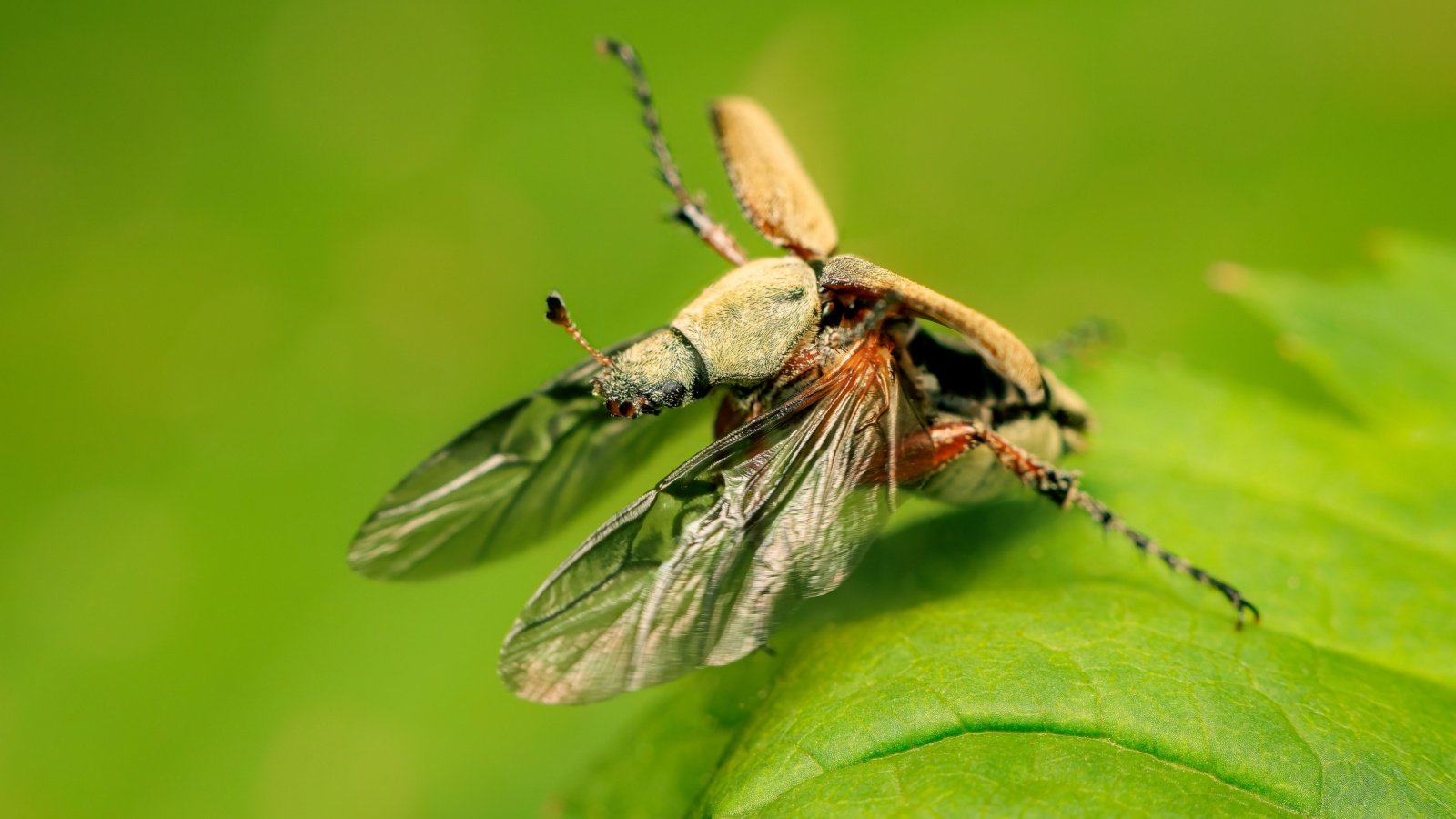

Rose chafer beetles emerge in late Might. Start scouting in late spring, notably in case you’ve expert an infestation sooner than.
Fortunately, their presence is often small in amount, with delicate to common damage of their fast interval of train. Mature timber and shrubs typically recuperate with out intervention.
By the Rising Season
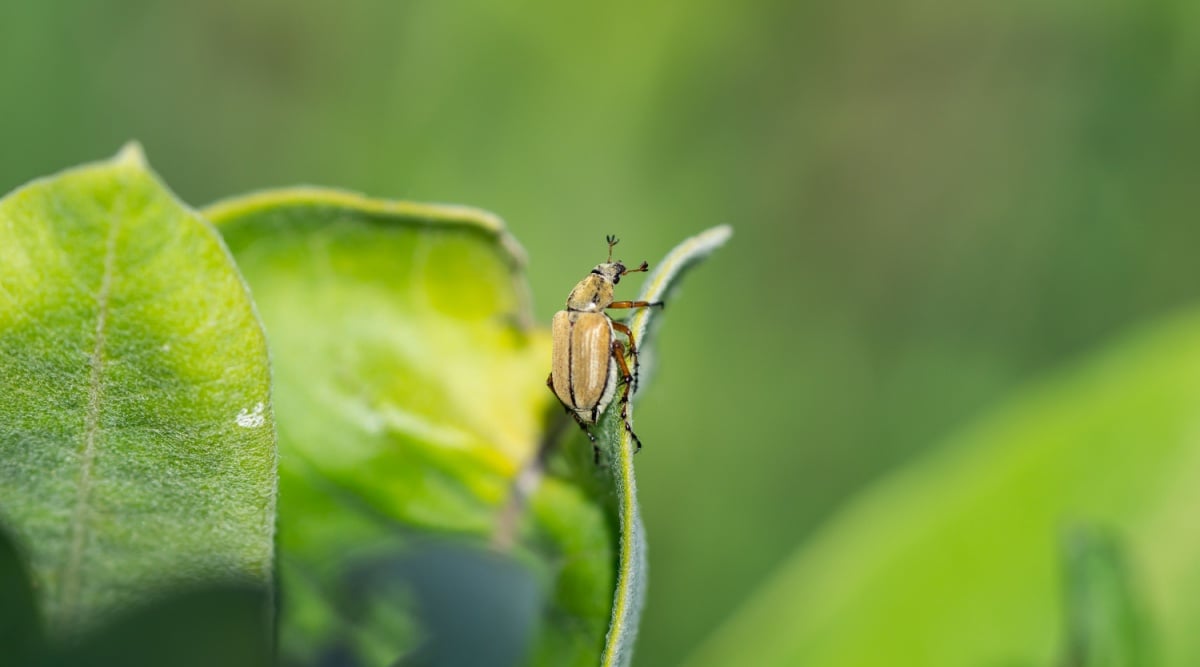

Chafers are energetic for lower than two to 4 weeks. Hand-pick or brush small populations off of leaves and stems and place them in a bucket of soapy water. Bigger numbers of busy beetles may warrant hand-picking better than as quickly as a day.
For large shrubs or tree branches, place a tarp beneath the plant and offers the stems an excellent shake. Into the bucket, the dropped bugs go.
In extreme circumstances of monumental numbers and quite a few affected vegetation, BT, notably Bacillus thuringiensis subsp. galleriae (stress SDS-502) is often environment friendly. This particular stress of micro organism targets beetles, nevertheless there is a connection to unfavorable impacts on monarch butterfly larvae. Skip this stress of BT in case your yard houses monarch host vegetation or meals vegetation.
BT is a micro organism that disrupts the digestion of beetles (along with Japanese beetles) and totally different pests. It’s a natural administration that stops them from feeding. BT is environment friendly if consumed by the insect, and wishes frequent software program all through their energetic weeks.
Pesticides like a pyrethrum and isopropyl alcohol mixture are doable treatments. Use one tablespoon of alcohol per pint of diluted pyrethrum mixture. Apply it every three to five days for two weeks in the midst of the energetic interval.
Use warning with pesticides to in the reduction of damage to pollinators and useful bugs. Take away blossoms sooner than remedy. Apply throughout the night time or early morning, in accordance with label directions, when pollinators are least energetic.
Prevention
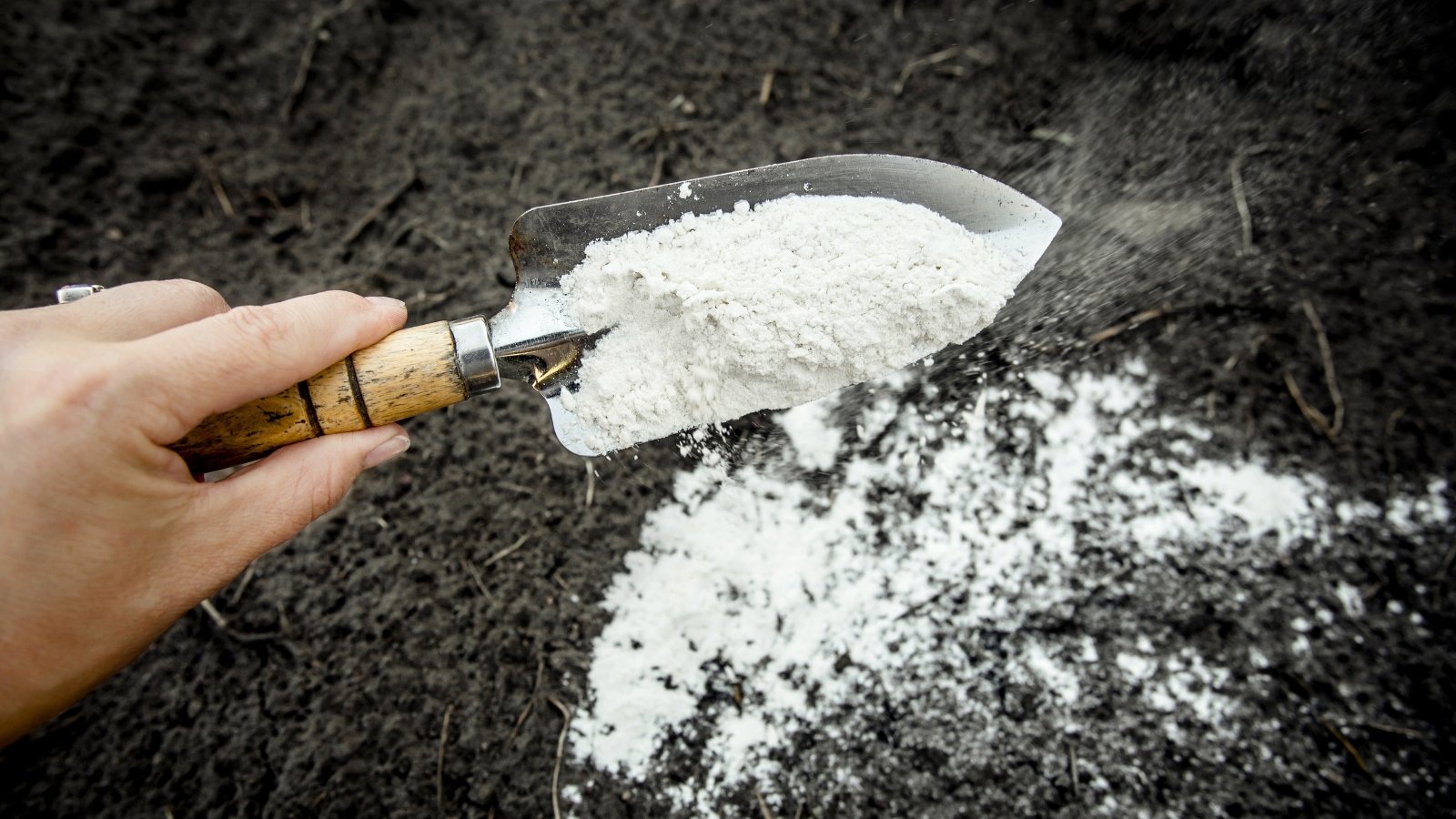

In areas liable to infestation, a bodily barrier masking vegetation helps. A floating row cowl, optimistic mesh netting, or cheesecloth are good defenses in late Might and June. Place the covers as a result of the pests grow to be energetic and take away them after the feeding cycle.
Widespread prevention for beetles consists of flippantly cultivating the soil in spring and fall. The thought is to point out larvae to birds, totally different predators, and chilly temperatures. Uncovering the rose beetle grub, though, is troublesome, as they go for sandy, open areas that could possibly be away from the yard.
An additional beetle preventative consists of milky spore powder (Bacillus popilliae), though it takes only a few years to grow to be environment friendly, and rose bugs journey. They are going to fly in at any time whether or not or not or not they emerge in a given house.
Repeatedly Requested Questions
Macrodactylus subspinosus, or rose bugs, are a nuisance on account of they will quickly devour large portions of plant supplies in swarms. In widespread seasons, their numbers are low, and their damage is minor.
In events of extreme inhabitants, they significantly damage assorted vegetation with a widespread range of meals sources and a voracious urge for meals. Their feeding on snug tissues impacts leaf surfaces and the plant’s talent to photosynthesize. Their flower-feeding hinders pollination.
The two rose-feeding scarabs are relations nevertheless completely totally different species. They get your hands on roses and totally different tender blooms and leaves as meals sources. Rose chafers emerge only a few weeks before Japanese beetles and have a shorter energetic interval, feeding only for three to 4 weeks. Japanese beetles persist for about six weeks, beginning in early summer season.
“What don’t they eat?” may be a better question. These indiscriminate feeders rely on snug, tender vegetation for progress. They’ll go for buds, blooms, fruits, and foliage, from roses to apples to pine species.
[ad_2]
